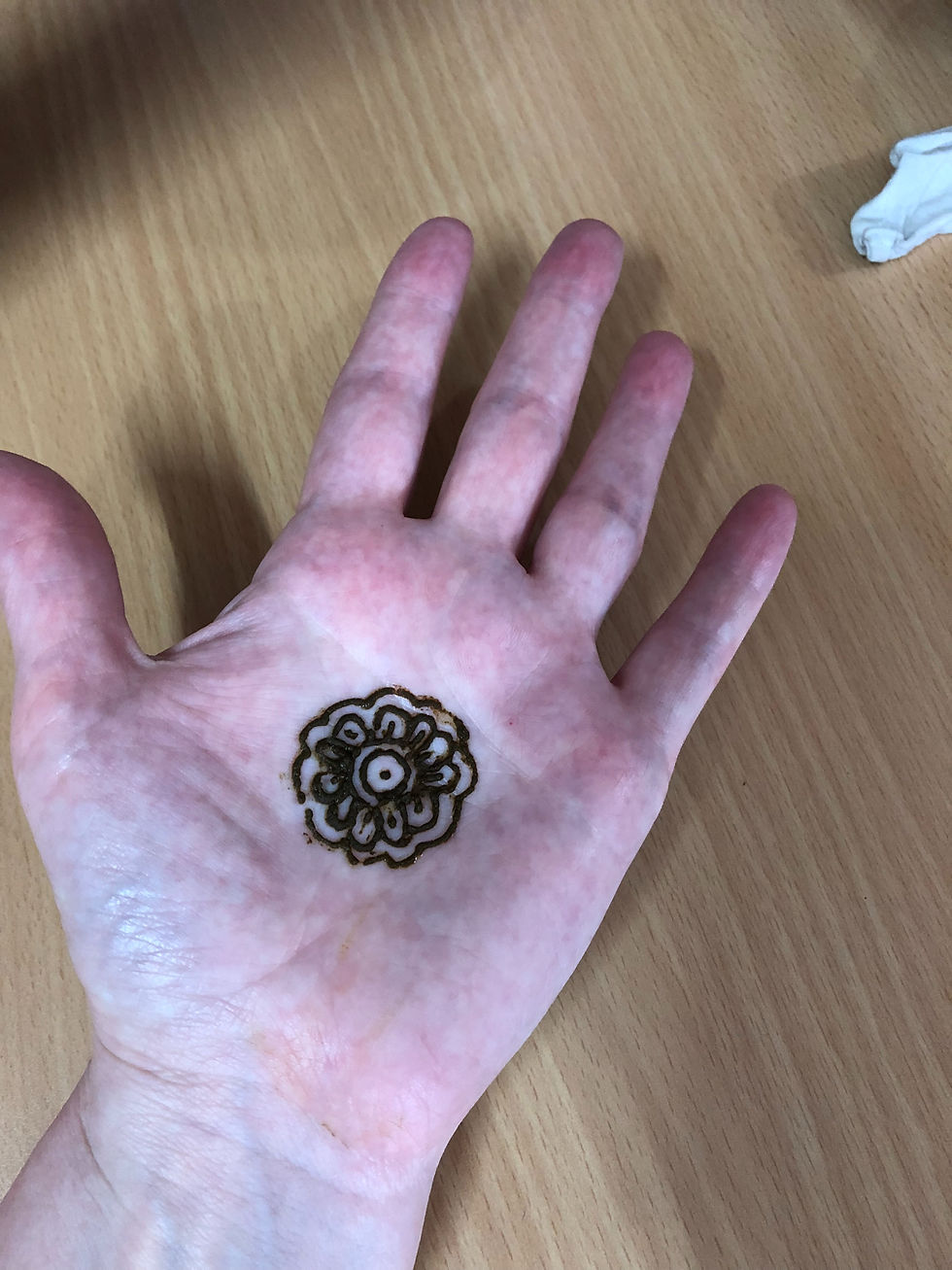The Pure Joy of Holi
- Bernadette

- Mar 3, 2018
- 3 min read
On Friday, the IBM CSC India 38 team and I had the opportunity to join one of our local Pyxera hosts at her housing association for a Holi celebration. It was just a blast! Colorful, messy, wet, and occasionally muddy, but an amazing time!
I’ll try my best to explain #Holi and hope that some of my Hindu friends will correct me if I get it wrong. It is a spring festival based on the lunar calendar. Like other religious celebrations, there are variations of the allegory behind it, but here in Gurgaon, the most common version is that it is to celebrate good over evil.
It is said that Lord Vishnu, the second of the three core Hindu gods, had a very faithful follower named Prahlad. But Prahlad’s father, King Hiranyakashipu, was a vain and vengeful king who thought everyone should worship only him. He had five magical powers that led him to believe he was invincible. He tried many times to torture and kill Prahlad but unbeknownst to the King, the god kept saving Prahlad. Finally, the King devises a plan with his evil sister Holika to murder Prahlad. She is said to be invincible to fire due to a magic cloak, so she tricks Prahlad to sit on her lap in a pyre. (I haven’t figured out yet why they sit on a pyre, so just go with it for the sake of the story.) But then, the magic cloak flies off Holika and wraps itself around Prahlad – saving him from the fire, while Holika burns. Enraged that someone tried to kill his devotee, Vishnu kills the King in a unique way that does not violate any of the five special powers. There's a lot to explain about his five powers and the middle ground Vishnu found to skirt them all, so let's just say, good triumphs!
In Holi celebrations today, Hindus have bonfires that represent the pyre and burn an effigy that represents the evil Holika and the desire to burn away the evil inside all of us. One thing to note, many Hindus celebrate without the fire now, given air pollution concerns.
On the first night, families enjoy time together and pray, and maybe enjoy a bonfire. Then the next day, it is all PARTY. This is when everyone plays Holi and covers each other with brightly colored powders. Each color carries a meaning. Red symbolizes love and fertility; yellow is the color of turmeric; blue represents the Hindu God Krishna, and green is for new beginnings. There is also water sprayed, poured, shot from Super-Soaker water guns, and bombed from afar in water balloons. I enjoyed running from the children as they shot water guns at me.
Beyond the bright colors and music and dancing, what I felt the most was just exuberance. There was pure joy on every face. This was not solely a party for children – although the children were absolutely the stars of the show – everyone ran around, coloring each other, and had the brightest auras around them.
Smiles, sparkling eyes, and laughter were everywhere, and especially among me and my IBM team mates. I feel so blessed to have shared in this experience.
Happy Holi!







I love the colors. This looks like so much fun!